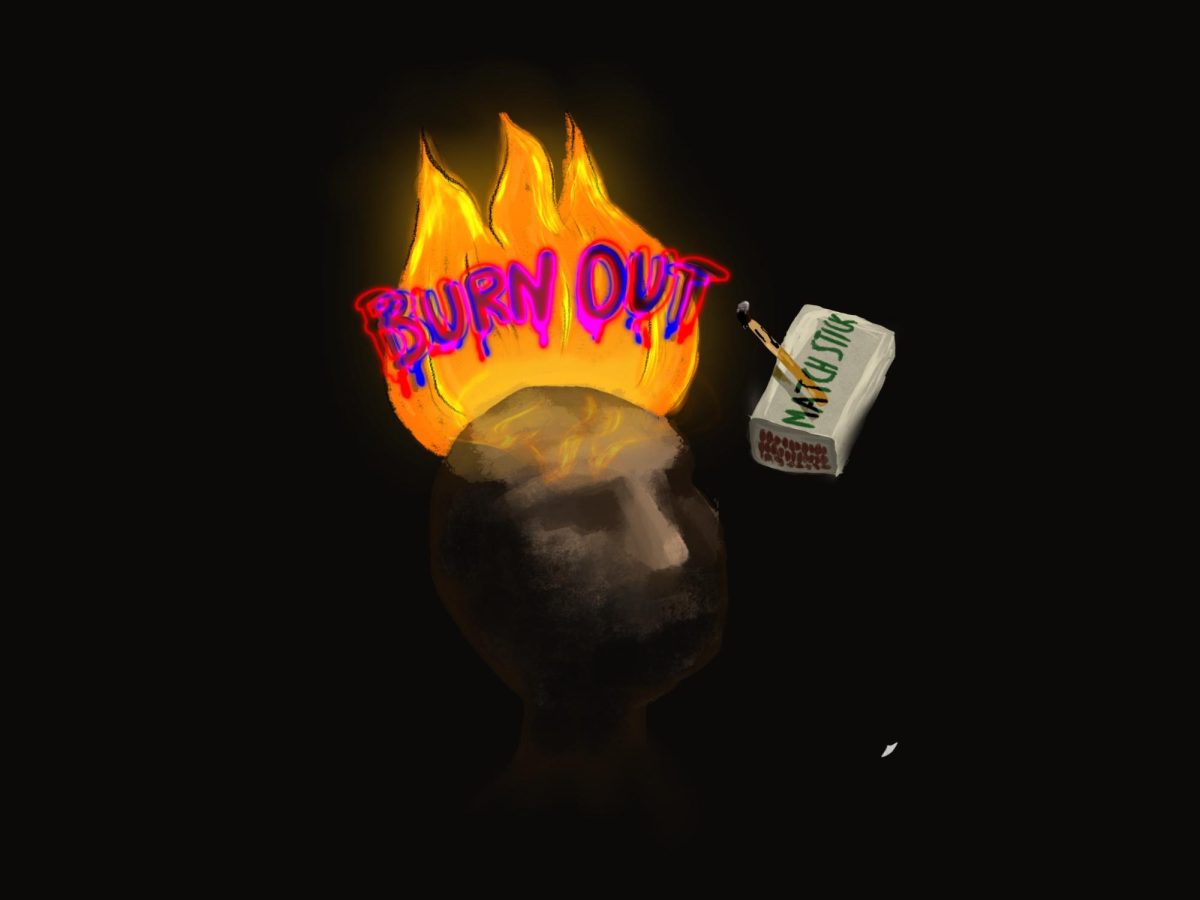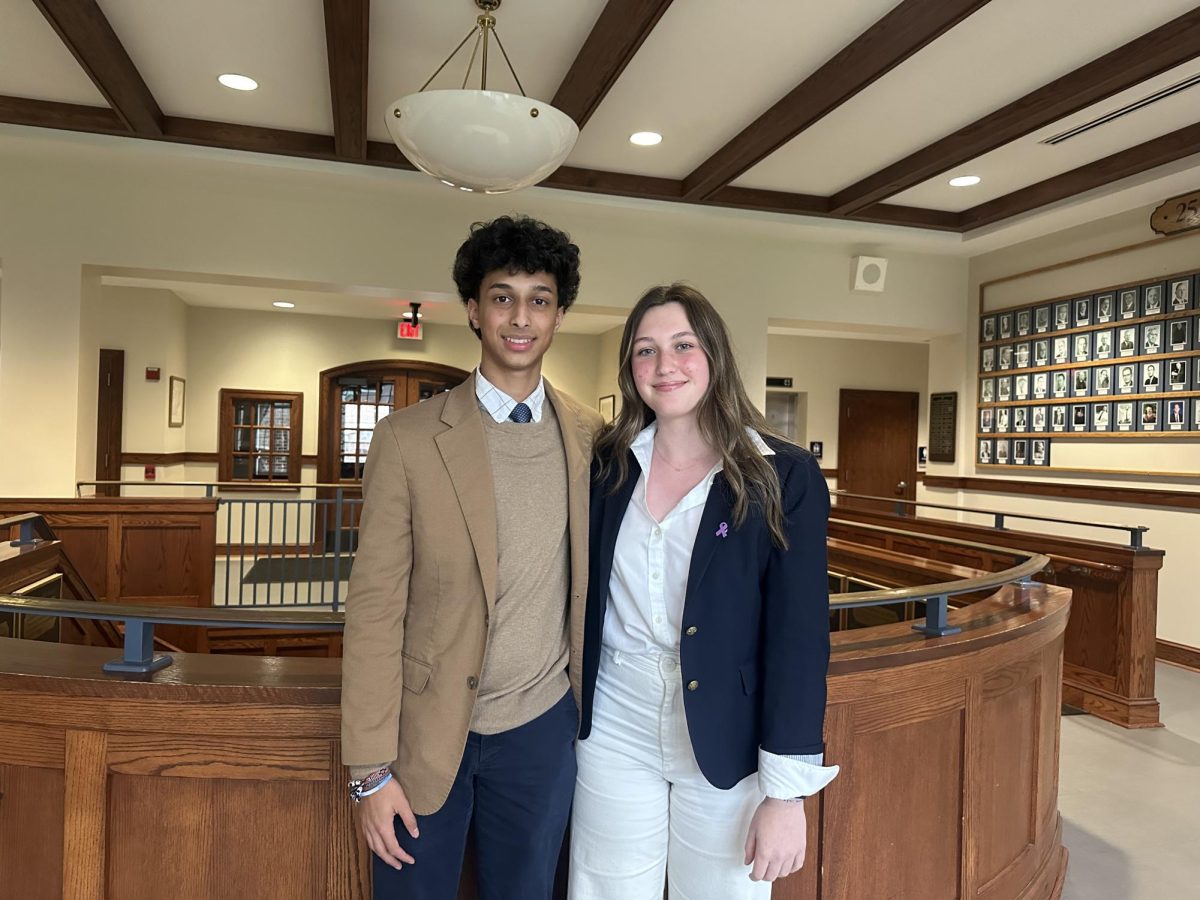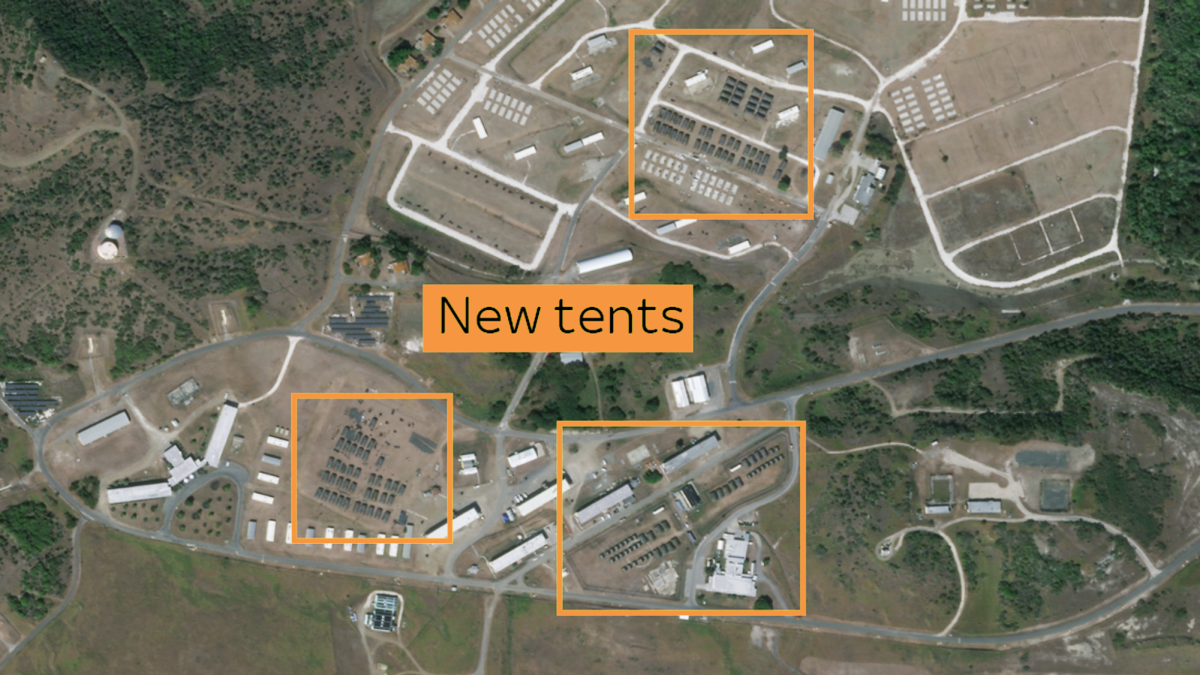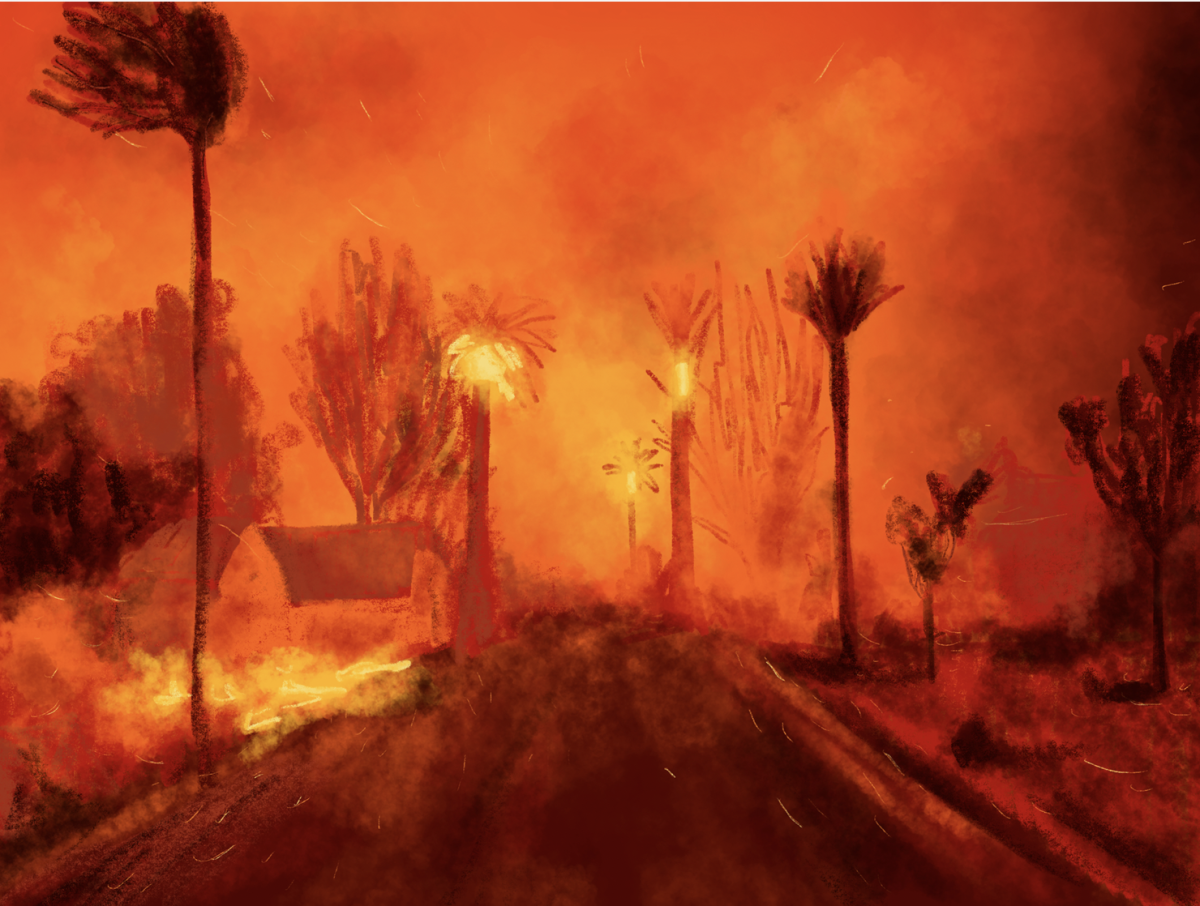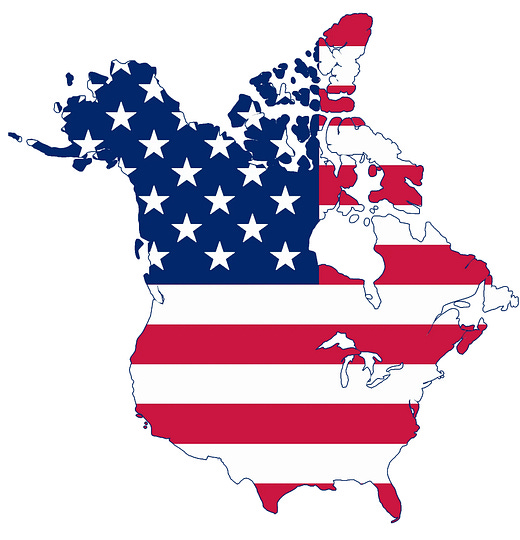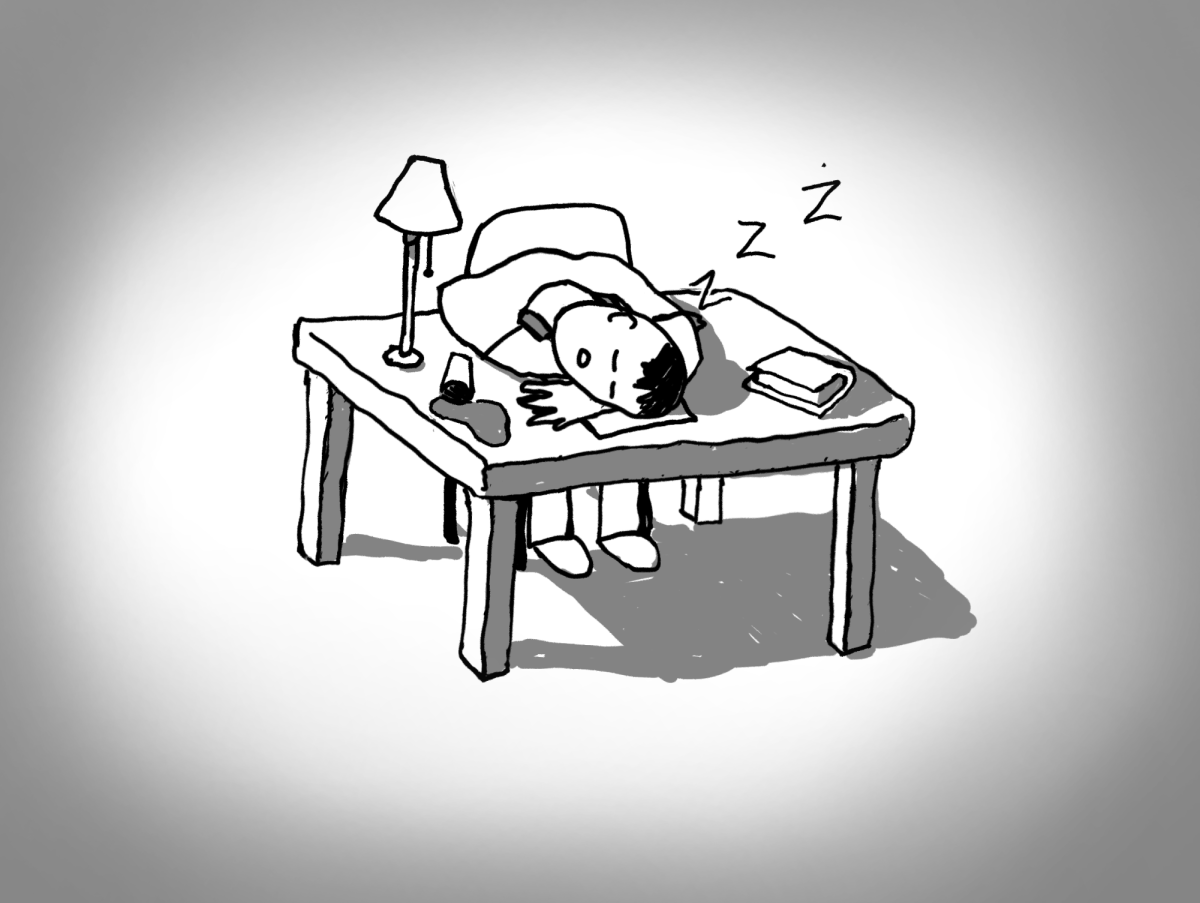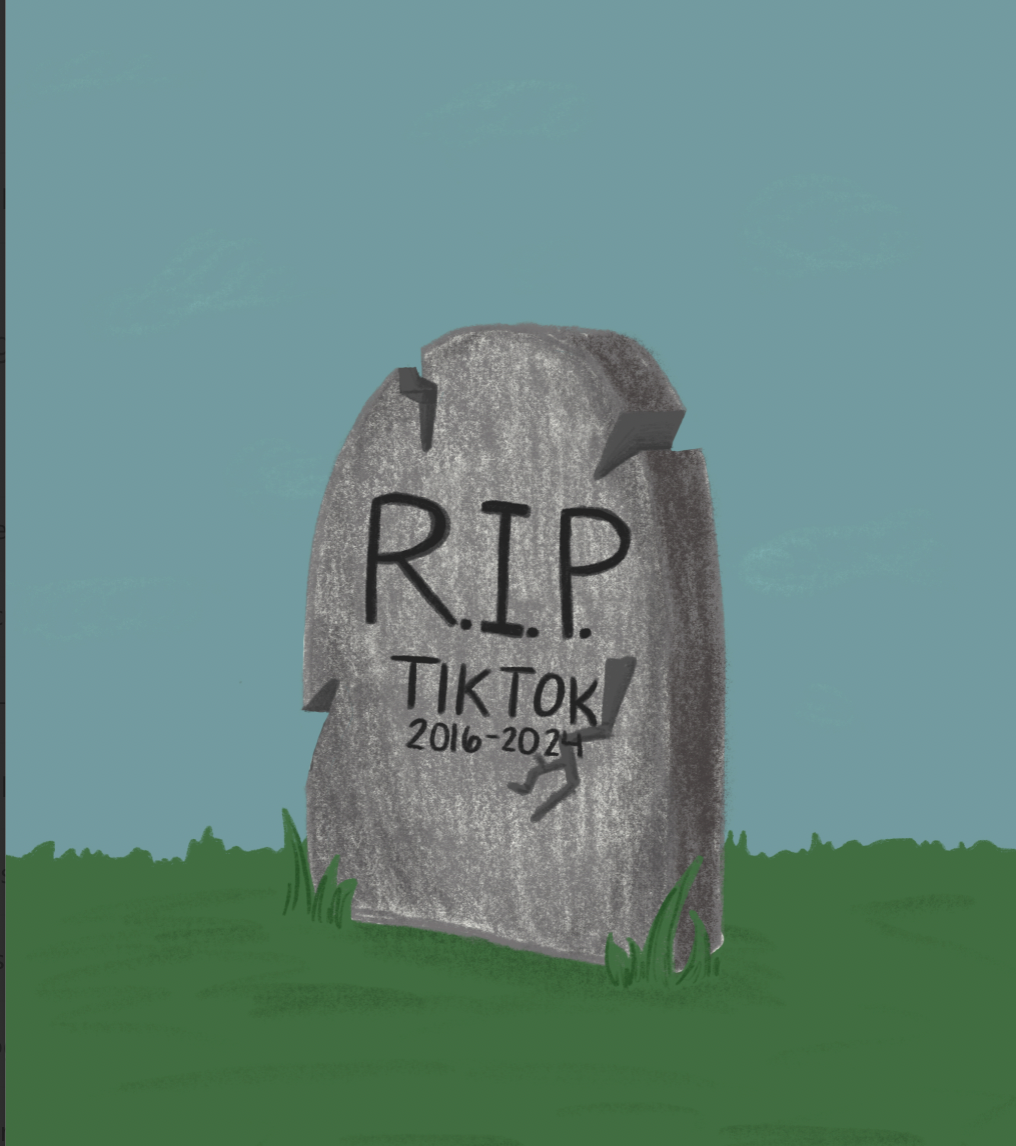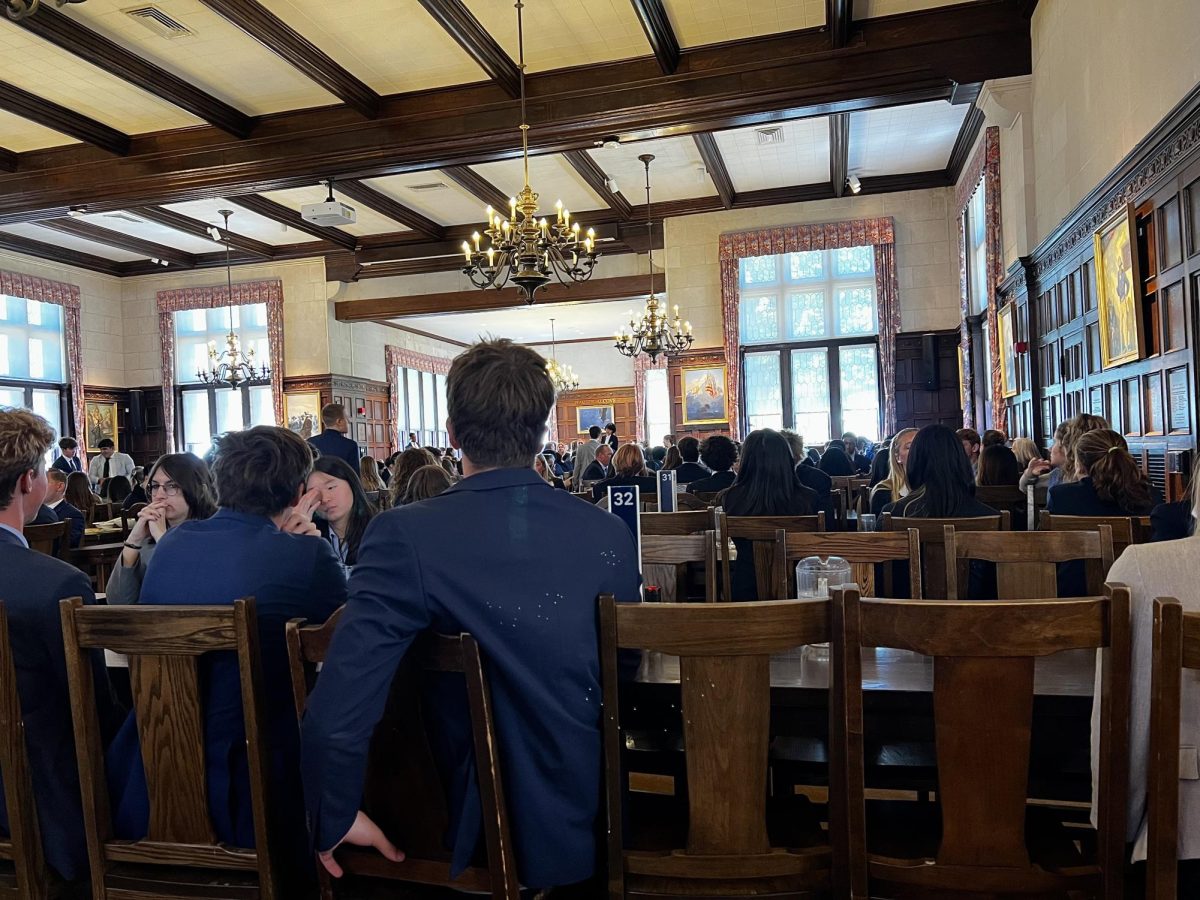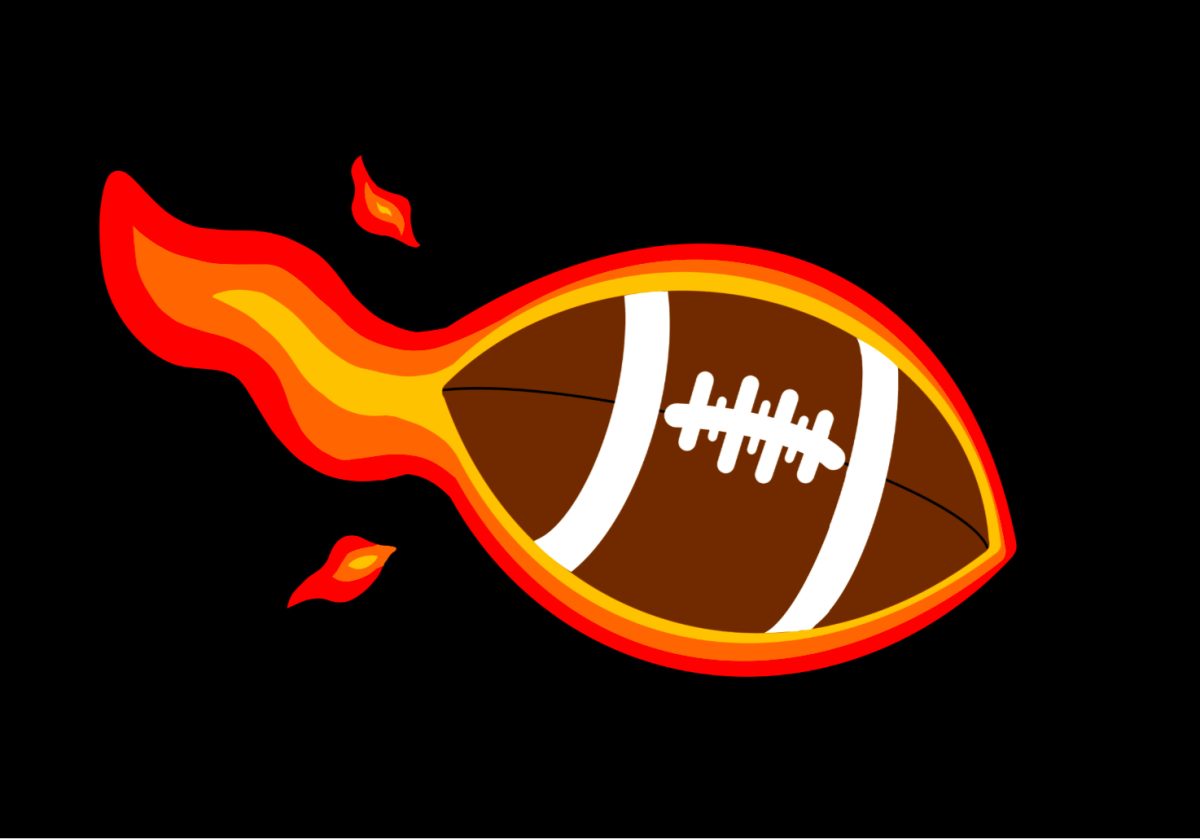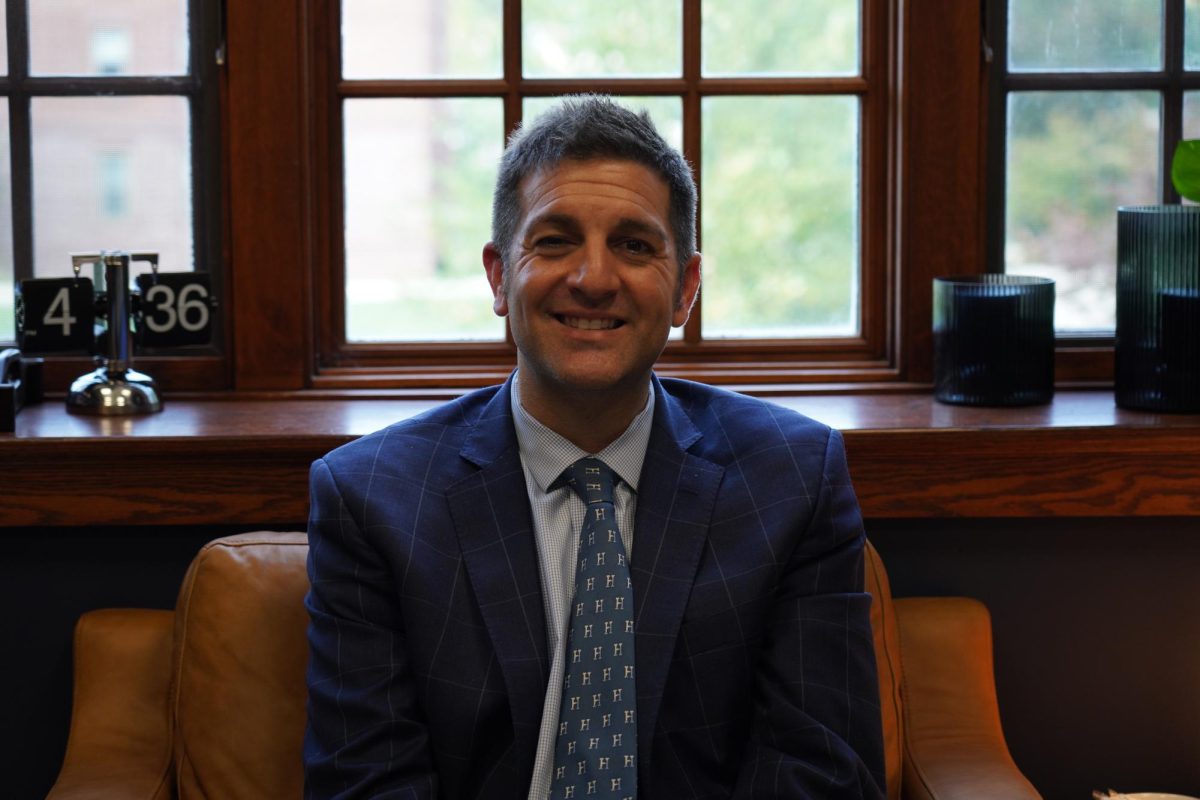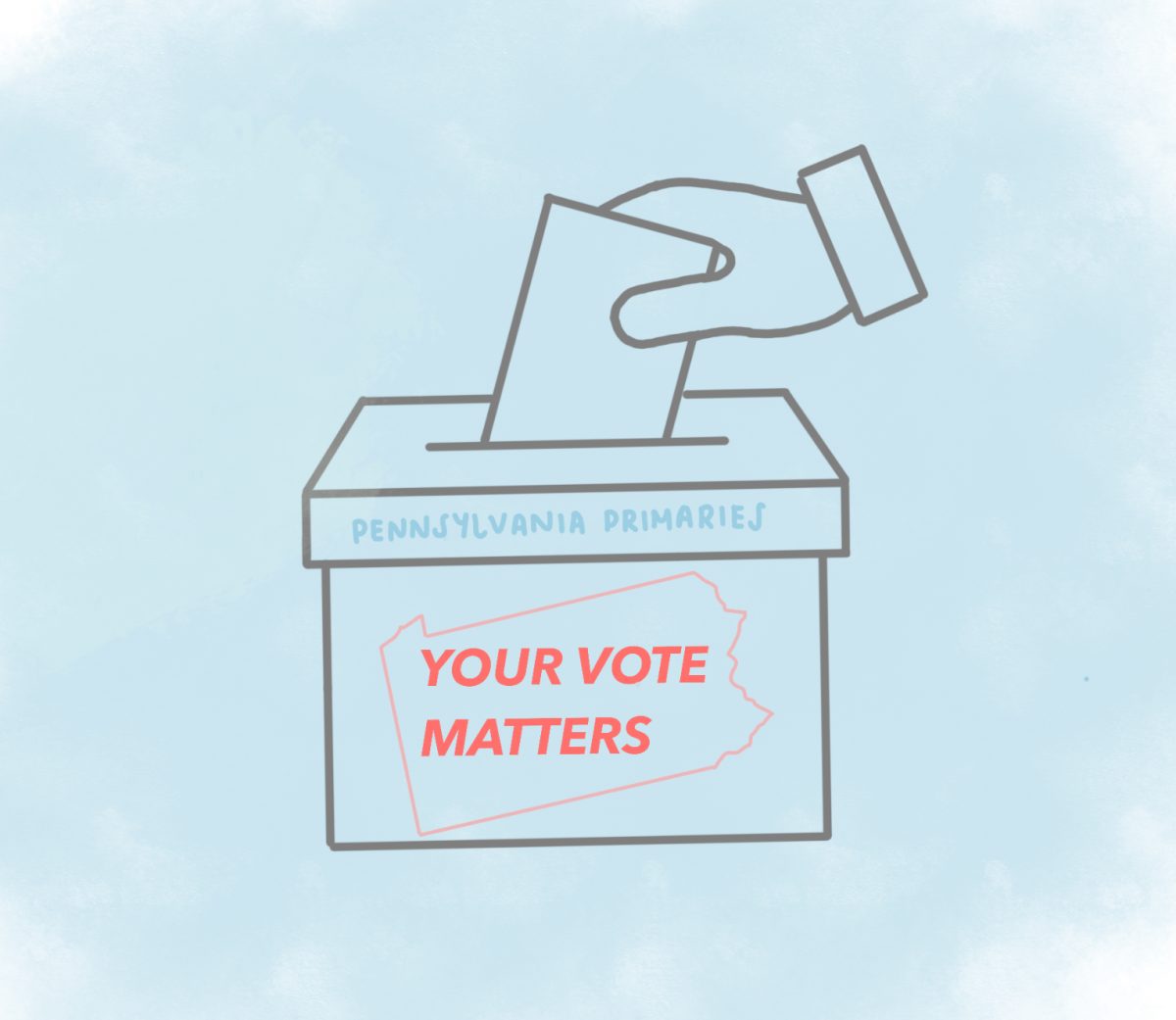The Pennsylvania primaries are fast approaching, and many 5th and 6th formers will be able to vote for the first time in their lives. However, many Americans do not know as much about primaries in the US as they do the presidential election itself.
The primary elections, which include the PA primaries, are separate from the presidential elections. The primary elections are used to select candidates for the bigger, general (presidential) election. This cycle’s PA presidential primaries are closed, meaning non-affiliated voters cannot vote in the primaries (non-affiliated voters are not an active member of a political party). The results of these elections decide who will be representing the political parties on the ballots later in the election cycle.
Voters will select their party’s nominees for president, the Senate, the US House, state House and Senate, state attorney general, and other row offices in the state. They will also choose delegates to represent them at the national conventions in the summer. What this means is that the eligible voters in the US will set up the November matchups.
The political climate is ever-changing in the US, but has very rarely changed in PA. Dylan Jennings, an Instructor of History and Social Sciences, said “It’s interesting. It’s (Pennsylvania) always known as a swing state. But since 1988, it has only voted for a Republican once”. PA has very rarely elected a Republican, voting blue for the 7 out of the last 8 elections, with an exception in 2016.
“Some (Urban) areas tend to be more blue, but we also have tons of rural areas which tend to be more red and they kind of balance each other out and kind of switches back and forth”. Devon Smith 24’, a Pottstown resident, also explained that “PA has a lot of urban cities in which young people vote, so they go blue. However, the more rural areas in PA will tend to vote red. Pottstown is in a weird cross section for that.”
The cost of living in cities tends to be much higher than in rural areas of Pennsylvania, so most young people living in urban areas tend to lean further left than their counterparts in more suburban areas. Suburban areas tend to have a much tighter sense of communities and have old blood and history running through them. However, cities in PA tend to have much lower costs of living compared to other metropolitan areas in the US.
Mr. Jennings also stated that he believes the reason that PA has not swung red is because “young people are moving to Philadelphia and Pittsburgh,” mostly due to the relatively lower cost of living. Young people tend to lean toward left-leaning progressive parties, even outside America this is true. Young people moving to Pennsylvania makes the state lean towards the Democratic Party more over time.
However, even after the parties have voted for their nominees there are still concerns, mainly about the ages of the candidates. Constantine Kontes ‘25, a prefect for Sherrerd Dorm, voiced his concern “So, I think when you see both candidates right now, … we’re stuck in not a great position where we have no one that’s younger, it really seems like they are interested in going into politics.” The issue of aging politicians has long plagued US politics, and it seems more young people are getting involved in political discussion and hoping for younger leadership.
The election day will be on Tuesday, April 23rd.

